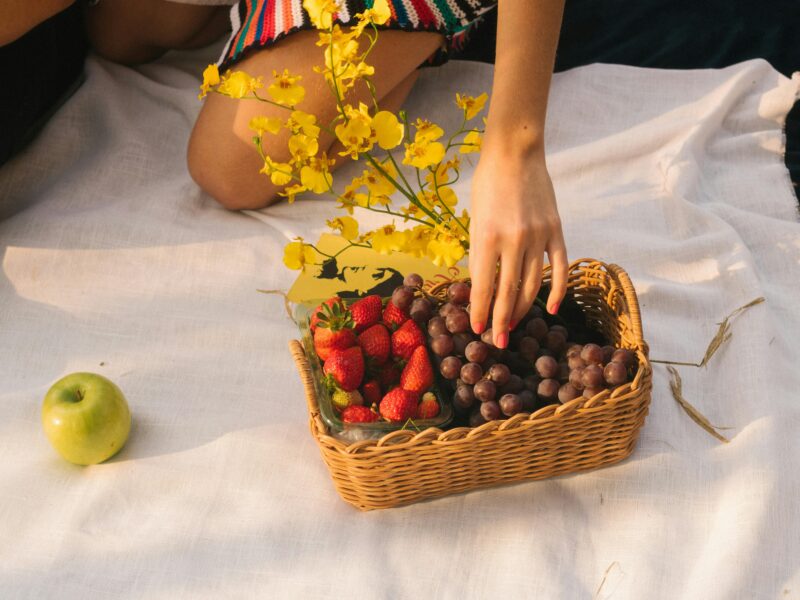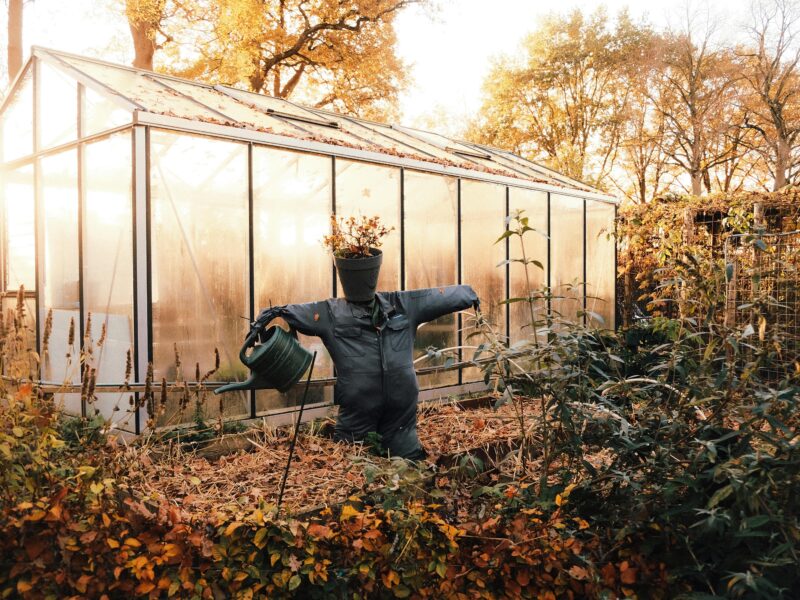When it comes to container gardening, most people focus on the plants—what to grow, when to water, and how to fertilize. But just as important is the home those plants live in: the container itself. The right pot can make the difference between lush, thriving growth and struggling, root-bound plants. Size, material, drainage, and even color all affect how well your plants perform.
Choosing the perfect pot isn’t just about looks; it’s about creating the best possible environment for roots to grow strong and healthy. Here’s how to select containers that will help your plants truly thrive.
1. Start with Size
When it comes to pots, size matters more than most gardeners realize. A pot that’s too small restricts root growth, causing plants to become cramped and dehydrated. On the other hand, a pot that’s too large can hold excess water, leading to root rot.
A good rule of thumb is to choose a container that’s at least two inches wider than the plant’s current root ball. Shallow-rooted plants such as herbs, lettuce, or pansies do well in smaller pots, while deep-rooted plants like tomatoes, peppers, and small trees need at least 12 to 18 inches of depth.
For mixed arrangements or larger displays, give plants extra space to spread out and establish stable roots.
2. Prioritize Drainage
No matter how beautiful a pot looks, if it doesn’t drain properly, your plants will suffer. Waterlogged soil cuts off oxygen to the roots and invites fungal diseases.
Always make sure your pot has drainage holes at the bottom. If you fall in love with a container that doesn’t, drill a few holes yourself or use it as a decorative “cache pot” by placing a smaller, drainable container inside it.
Adding a thin layer of gravel or small stones at the bottom helps prevent soil from clogging the holes, though it’s the drainage holes—not the gravel—that really keep roots healthy.
3. Pick the Right Material
The material of your pot affects everything from temperature to moisture retention. Each type has its advantages and tradeoffs.
- Terracotta and clay pots: These classic containers allow air to circulate through the sides, keeping roots cool and preventing overwatering. However, they dry out quickly and can crack in freezing weather.
- Plastic pots: Lightweight, affordable, and available in every shape and color. They retain moisture well, making them ideal for hot climates or busy gardeners.
- Ceramic and glazed pots: Elegant and sturdy, these hold moisture better than clay but can be heavy to move. Be sure they have drainage holes.
- Wooden planters: Natural and attractive, wood insulates roots from heat and cold. Cedar and redwood resist rot, but untreated wood may decay faster.
- Metal containers: Stylish and modern, but they can heat up quickly in full sun, potentially damaging roots. Line metal pots with plastic or burlap to protect plants from temperature extremes.
4. Consider Weight and Mobility
If you like to rearrange your garden or move plants indoors for winter, container weight becomes important. Large clay or ceramic pots can be difficult to move once filled with soil and plants.
For flexibility, choose lightweight materials like plastic, fiberglass, or fabric grow bags. You can also use pot caddies or wheeled stands to make heavy containers mobile without risking injury or broken pots.
5. Match Form with Function
While functionality is key, aesthetics matter too. Choose containers that complement your home’s style or outdoor décor. Grouping pots of different sizes, heights, and textures can create visual interest.
Consider the color of your pots as well—light-colored containers reflect heat and keep soil cooler, while dark ones absorb heat, which can benefit warm-weather plants like peppers or succulents.
6. Think Beyond Traditional Pots
Almost anything can become a container with a little creativity. Repurpose old buckets, crates, baskets, or even kitchen colanders. As long as it provides drainage and enough room for roots, it can serve as a functional pot.
Unusual containers can add personality and charm to your space while promoting sustainability by reusing items you already have.
7. Give Roots Room to Breathe
Whatever pot you choose, remember that roots need both moisture and oxygen. A high-quality potting mix designed for containers ensures good aeration. Avoid packing soil too tightly and leave an inch or two of space below the rim for watering.
As plants grow, check for signs they’ve outgrown their container—roots circling the edges, water draining too fast, or stunted growth. When that happens, it’s time to repot into something larger.
The perfect pot blends practicality, beauty, and balance. It provides drainage, space, and stability while complementing your style. By paying attention to size, material, and environment, you’ll give your plants the strong foundation they need to thrive.
When in doubt, choose a pot that’s breathable, roomy, and adaptable. After all, healthy roots make happy plants—and happy plants make every container, no matter how simple, look absolutely perfect.


